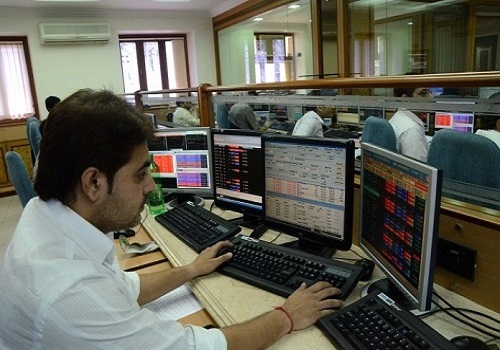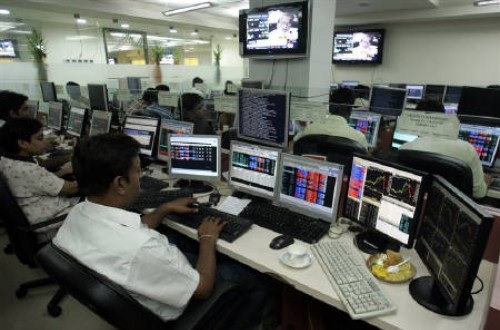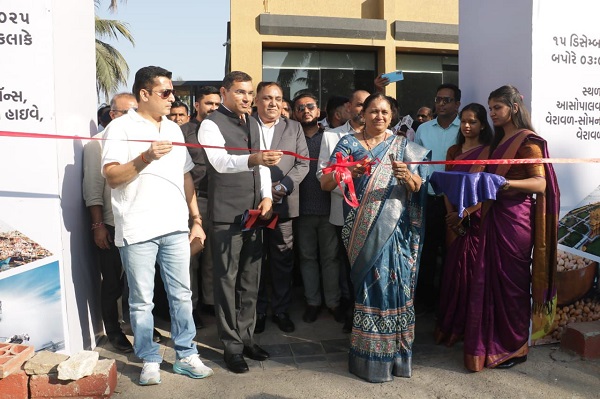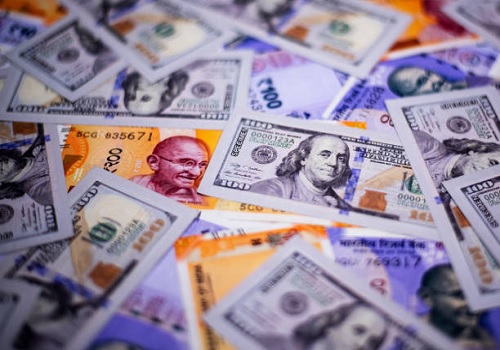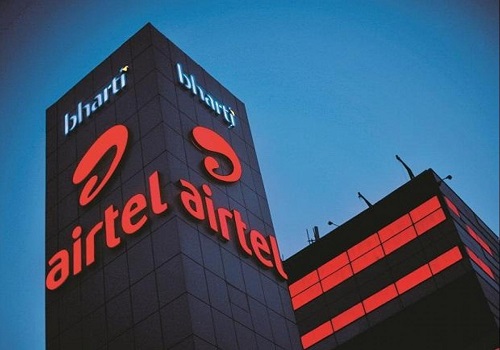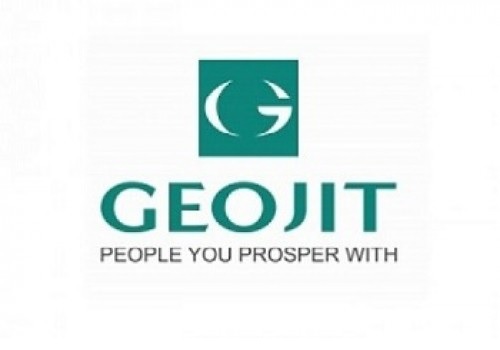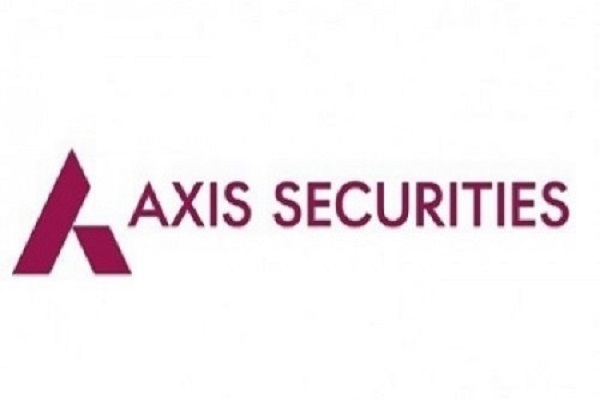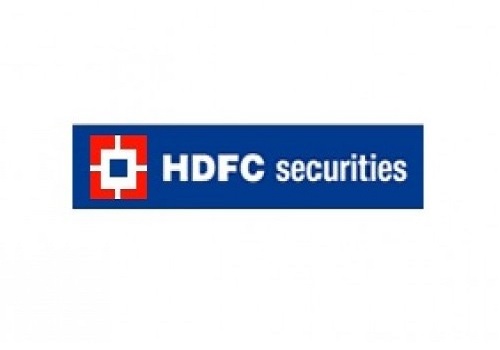Agri Commodity Technical Report 02 May 2025 - Geojit Financial Services Ltd
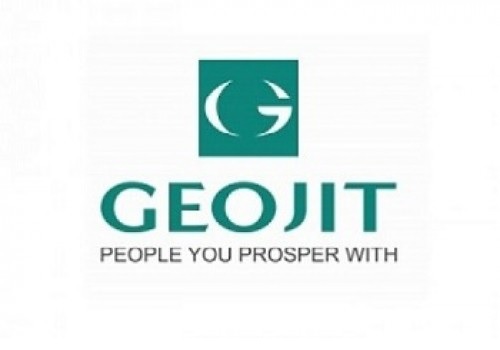
MARKET NEWS/UPDATES
* Sowing of summer crops across India progressed to 7.3 million hectares as of Friday, up 15% from 6.3 million hectares sown a year ago, according to data released by the agriculture ministry.Rice, which is the largest summer crop both in terms of acreage and production, was sown across 3.2 million hectares as of Friday, up 14.3% from 2.8 million hectares a year ago. The acreage under coarse grains, including jowar, bajra, ragi, and small millets, increased to 1.2 million hectares from 1.1 million hectares. The acreage under maize, the largest coarse cereal grown during the season, rose to 750,000 hectares from 590,000 hectares last year. The acreage of bajra, the second-largest coarse cereal, rose to 422,000 hectares from 410,000 hectares a year ago. The area under all the pulses rose 22% to 2.0 million hectares from 1.6 million hectares sown in the same period last year. Under pulses, acreage of moong rose to 1.7 million hectares from 1.3 million hectares a year ago, and that of urad rose to 307,000 hectares from 265,000 hectares last year. Total area sown under all the oilseeds rose to 923,000 hectares from 883,000 hectares a year ago, according to the data. The acreage under sesamum rose nearly 4% on year to 449,000 hectares. Groundnut acreage rose 4.8% on year to 431,000 hectares. As on Thursday, water level in 161 key reservoirs in the country was 64.814 billion cubic metres, nearly 35.5% of the total live storage capacity, data from the Central Water Commission showed. But the water levels are up 18% from a year ago, which is aiding summer crop acreage this year.
* The final area under summer crops in Gujarat rose 7% on year to 1.23 million hectares, according to data released by the state government on. The area under summer crops was at 1.15 million hectares a year ago. This season's acreage was also higher than the normal area – the average of the last three years – of 1.14 million hectares. The area under bajra, the largest cereal for the season grown in the state, was up at 322,173 hectares compared to 316,038 hectares a year ago, the report showed. Paddy acreage rose nearly 35% on year to 128,454 hectares. Similarly, the area under maize rose to 7,500 hectares from 7,085 hectares. Moong acreage in the state stood at 59,299 hectares, up from 45,906 hectares a year ago, according to the report. The area under urad rose to 30,196 hectares from 21,500 hectares. The acreage of sesamum so far rose to 122,532 hectares from 115,237 hectares a year ago, the report showed. However, the area under groundnut fell to 56,261 hectares from 59,987 hectares. The area under vegetables was 108,344 hectares, up from 105,458 hectares a year ago, and that under onion rose marginally to 10,947 hectares from 10,865 hectares a year ago. The acreage of sugarcane rose to 12,563 hectares from 10,250 hectares. In Gujarat, summer crops are sown in February and March, and harvested in May and June. Bajra, paddy, sesamum, and moong are the main crops grown in the state during the summer.
* The Securities and Exchange Board of India has extended the suspension of derivatives trade in wheat, chana, moong, paddy (non-basmati), mustard seeds and its derivatives, soya bean, and crude palm oil by another year, till Mar. 31, 2026, the regulator said in a release on Monday. In 2021, the government had imposed a ban on derivatives trading in the seven commodities for a year to check rising prices. The ban was extended consecutively each year till December 2024, and twice more till Mar. 31 this year.
* India's oilmeal exports in March rose 3% on year to 409,148 tonnes, according to data released by the Solvent Extractors' Association of India on Friday. However, total oilmeal exports in Apr-Mar fell 11% to 4.3 million tonnes, mainly due to decline in export of rapeseed meal and castorseed meal, it added. In terms of value, oilmeal exports fell 21% on year to INR 121.7 billion in Apr-Mar.
* The El Nino–Southern Oscillation continues to be in the 'neutral' category, the Australian Bureau of Meteorology said in its fortnightly report on Tuesday. It said neither El Nino nor La Nina are likely until at least September, which aligns with the predictions of the other international models it reviewed.
* The Ministry of Agriculture & Farmers' Welfare has so far procured 392,000 tonnes of tur in the kharif marketing season 2024-25 (Oct-Sept) at the minimum support price. This is a little over 30% of the total tur procurement target of 1.3 million tonnes set by the government. Tur is being procured in Andhra Pradesh, Gujarat, Karnataka, Maharashtra, Telangana, Chhattisgarh, Haryana, Madhya Pradesh, and Uttar Pradesh under the price support scheme for 2024-25 through the two central nodal agencies, National Agricultural Cooperative Marketing Federation Ltd. and National Cooperative Consumers' Federation of India Ltd. The legume is being purchased at the minimum support price of INR 7,550 per 100 kg. This is in line with the government's announcement in the Budget for the financial year 2025-26 (Apr-Mar) that 100% of the production of tur, urad and masur in the country would be procured till FY29 to achieve self-sufficiency in pulses in the country.
For More Geojit Financial Services Ltd Disclaimer https://www.geojit.com/disclaimer
SEBI Registration Number: INH200000345


